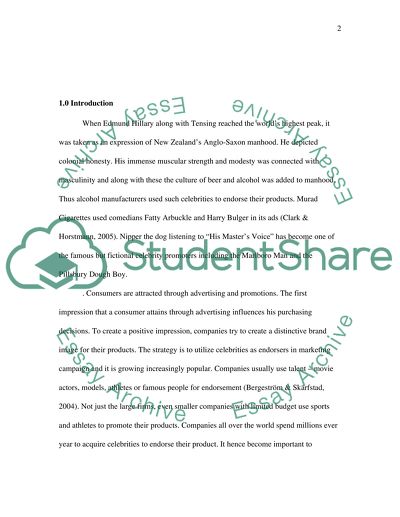Literature Review Essay Example | Topics and Well Written Essays - 5000 words. Retrieved from https://studentshare.org/miscellaneous/1544223-literature-review
Literature Review Essay Example | Topics and Well Written Essays - 5000 Words. https://studentshare.org/miscellaneous/1544223-literature-review.


